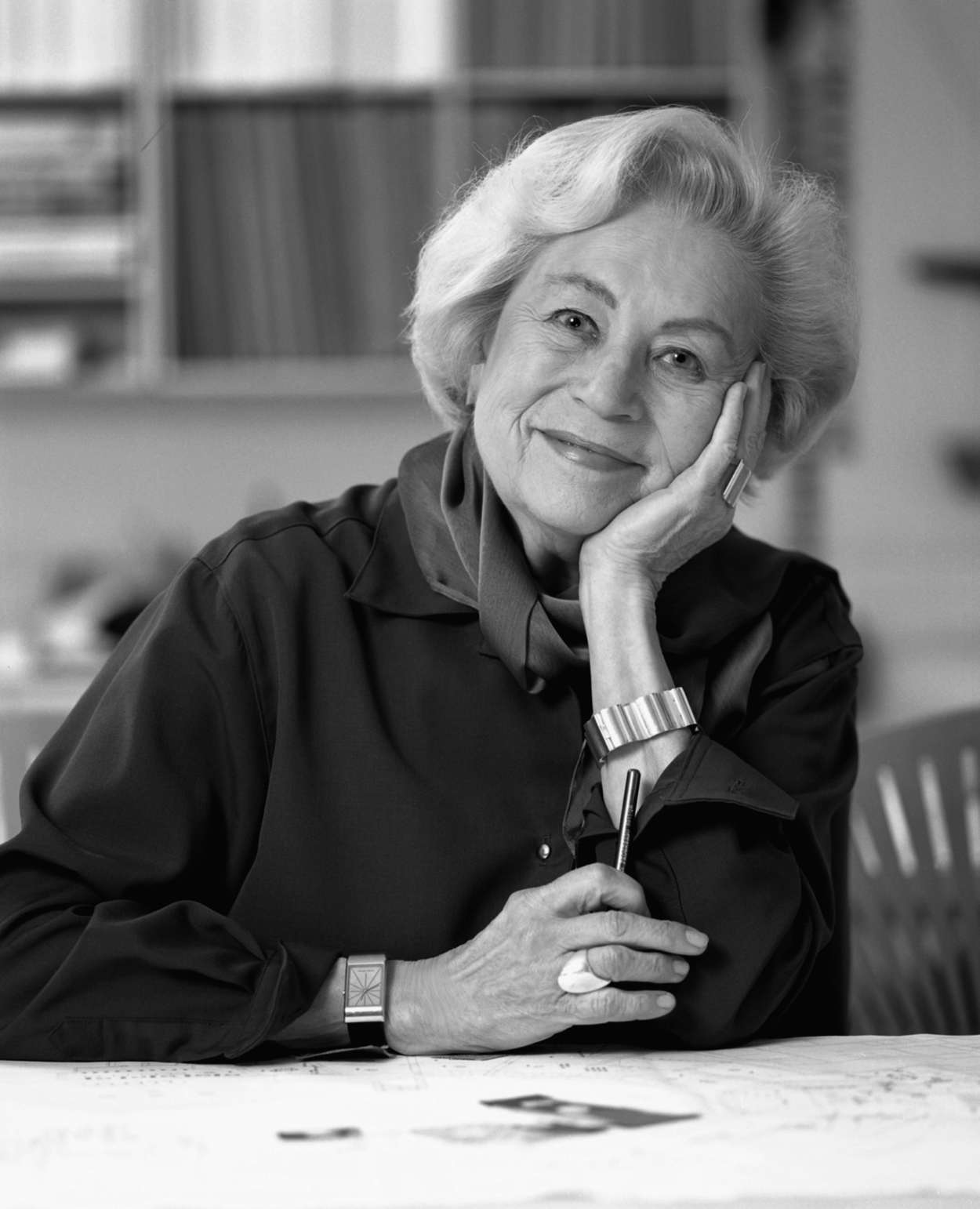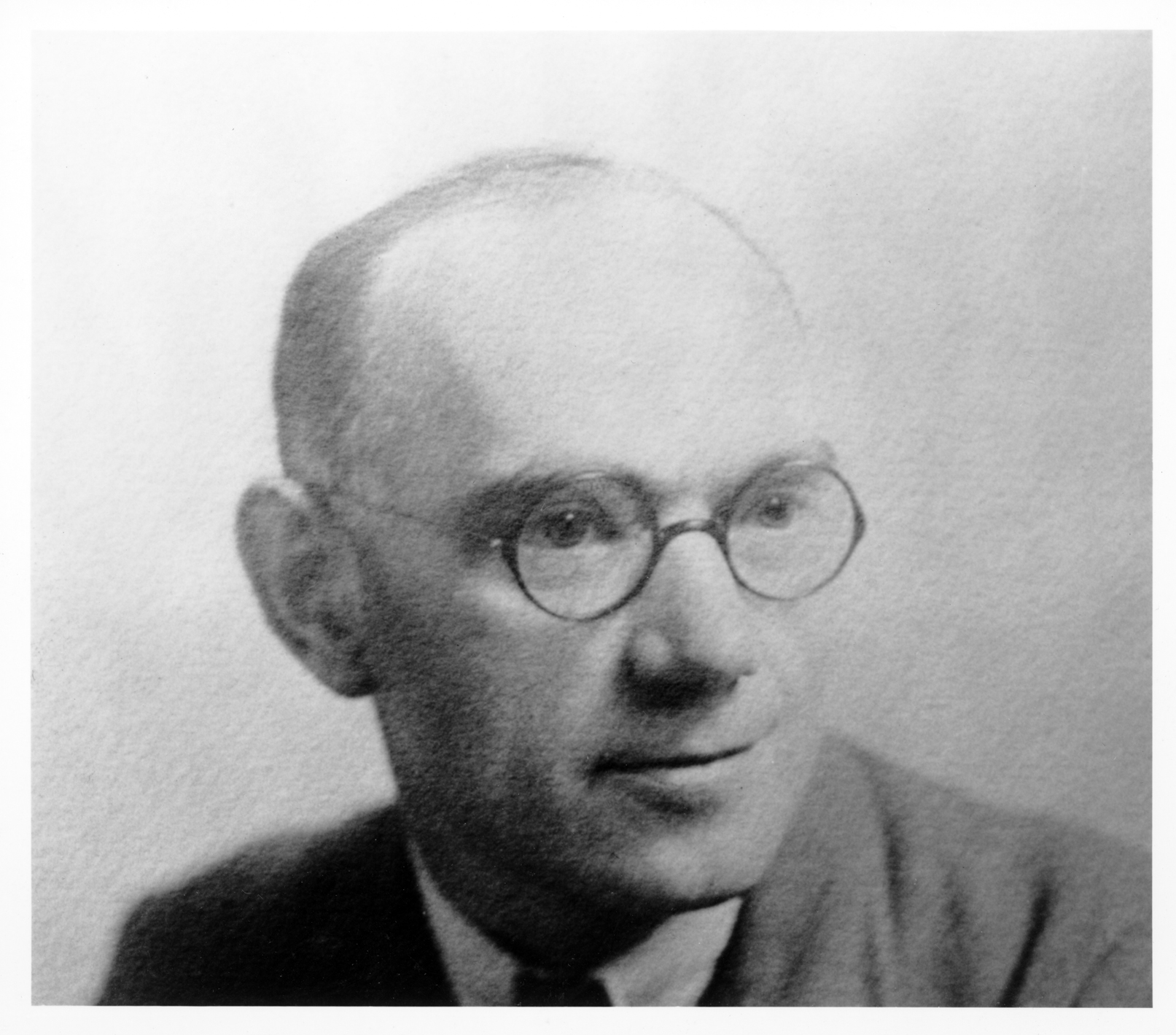Pioneers of mid-century furniture design
Vitra
Love mid-century? Discover the early designers who led the way
Evolving from modernism and the likes of Bauhaus and Le Corbusier, who championed functionality and simplicity, mid-century design had its heyday between the 1940s and 1960s. The movement can be encapsulated by Charles and Ray Eames, who said it was all about ‘getting the most of the best to the greatest number of people for the least amount of money’. Pieces were built by craftspeople to last, with designers and makers striving for perfection. But their ethos was far from elitist. They felt that good design was for everyone, and that it could change lives for the better.
Designers embraced new materials such as glass, plywood, metal and plastic that had never before been used for furniture. Solid wood in warm shades such as teak, walnut, oak and rosewood were often used. Sometimes just one or two materials were put together to create exciting pieces, elegant in their simplicity. The harmonious use of materials in Isamu Noguchi’s table (walnut and glass) and Ludwig Mies van der Rohe’s Barcelona chair (steel and leather) elevate them to art.

Arne Jacobsen
Jacobsen was a frontrunner of the Danish design movement, and his pieces are instantly recognisable. His father Johan was a wholesale trader in safety pins and snap fasteners and his mother Pouline a bank clerk who painted floral motifs in her spare time. He grew up in a Victorian-style home, but even at an early age hankered for a more minimalist style, painting white over his bedroom wallpaper.
After initially wanting to study painting and a spell as an apprentice mason, Jacobsen studied architecture at the Royal Danish Academy of Fine Arts from 1924 until 1927, after which he travelled to Paris and Germany, and was hugely influenced by Le Corbusier and Mies van der Rohe, who designed the Barcelona chair.
Best known for: The Egg chair
Source: Fritz Hansen

Charles and Ray Eames
Charles, from Missouri, and Californian Ray met at the Cranbrook Academy in Michigan. Ray helped him prepare designs, moulding plywood into complex curves, for the Museum of Modern Art’s Organic Furniture Competition, where he won two first prizes.
The pair married in 1941 and continued to design furniture, creating iconic pieces that are still produced today. During World War II the US navy commissioned the couple to produce moulded plywood splints, stretchers and experimental glider shells, and after the war they went on not just with their work in furniture and architecture but also to graphic design, photography, film and exhibition design.
Best known for: The Eames Lounge chair
Source: Vitra

Nanna Ditzel
Nanna Ditzel was one of the most renowned Danish designers, continuing to work well into her seventies and achieving numerous awards and prizes. She was born in Copenhagen in 1923 and trained as a cabinetmaker before studying at the School of Arts and Crafts and the Royal Academy of Fine Arts in Copenhagen.
Ditzel was inspired by the challenges of new materials and techniques, and in the 1950s experimented with split-level floor seating. Alongside her husband Jørgen, who died suddenly aged 40, she was a pioneer in the fields of fibreglass, wickerwork and foam rubber, and in various disciplines such as cabinetmaking.
Best known for: The Hanging Egg chair
Source: Sika Design

Hans Wegner
Often referred to as ‘the master of the chair’ Wegner created nearly 500, with many considered masterpieces. He was a cornerstone of the Golden Age of Danish design, his work epitomising its simplicity and pared-back beauty. He said: ‘Many foreigners have asked me how we created the Danish style, and I’ve answered that it was a continuous process of purification and of simplification – to cut down to the simplest possible design of four legs, a seat, and a combined back- and armrest.’
The son of a cobbler, Wegner was born in 1914 in Tønder, a town in southern Denmark. He began his apprenticeship with Danish master cabinetmaker H F Stahlberg at just 14 years old. Later, he moved to Copenhagen and attended the School of Arts and Crafts from 1936 to 1938, before setting out as a furniture designer.
Best known for: The Wishbone chair
Source: Carl Hansen

George Carwardine
Prior to creating the iconic Anglepoise lamp, George Carwardine was already a practising engineer of some note, specialising in vehicle suspension systems. He perfected his skills at the Horstmann Car Company in Bath where he rose through the ranks to become chief designer. In 1924, when Hortsmann got into financial difficulties, Carwardine left to start his own business, Cardine Accessories.
He did go back to work with Sydney Horstmann, but created a garden workshop at his home to explore his longstanding fascination with spring and lever-based mechanisms. Thus began work on the piece that would become his legacy, and one of the most influential and recognisable designs in the world.
Best known for: The Anglepoise lamp
Source: Anglepoise
WORDS: CASSIE FAIRY
Before you go...
...fancy automatic entry to all future competitions?
Simply register online today for FREE and you will get:
Automatic entry to all current and future competitions.
Access to Reclaim Inspiration - an online visual pinboard for saving all your home and style inspiration.
A regular newsletter of inspiration, ideas and advice.

Save all your articles in one place
Become a Reclaim Member to save all your home and style inspiration. Simply login or register online today for FREE and you will get:
Automatic entry to all current and future competitions.
Access to Reclaim Inspiration - an online visual pinboard for saving all your home and style inspiration.
A regular newsletter of inspiration, ideas and advice.








